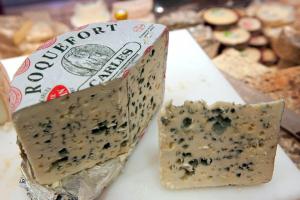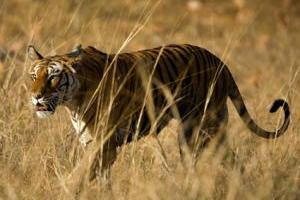How Strange Twists in DNA Orchestrate Life
Quanta Magazine
 By comparing the genomes of different species of molds scientists have reconstructed their history. On Thursday, the scientists reported that cheese makers unwittingly have thrown their molds into evolutionary overdrive.They haven’t simply gained new genetic mutations to help them grow better in cheese. Over the past few centuries, these molds also have picked up large chunks of DNA from other species in order to thrive in their new culinary habitat.
By comparing the genomes of different species of molds scientists have reconstructed their history. On Thursday, the scientists reported that cheese makers unwittingly have thrown their molds into evolutionary overdrive.They haven’t simply gained new genetic mutations to help them grow better in cheese. Over the past few centuries, these molds also have picked up large chunks of DNA from other species in order to thrive in their new culinary habitat.
Visit NBCNews.com for breaking news, world news, and news about the economy
There is a man in Kansas City who was imprisoned for a crime he did not commit. He has been exonerated based on DNA evidence, and the woman who helped him get his freedom got fired for doing so.
 Bengal tigers can be elusive. They're classified as an endangered species, they're mostly nocturnal, and if they had their way, they wouldn't see many humans, either. Native to Southeast Asia, there are only an estimated 1,850 left in the wild. That makes counting them somewhat difficult—but researchers in Nepal have developed a system that they think will make it easier to figure out how many tigers live there. It works for other species as well.
Bengal tigers can be elusive. They're classified as an endangered species, they're mostly nocturnal, and if they had their way, they wouldn't see many humans, either. Native to Southeast Asia, there are only an estimated 1,850 left in the wild. That makes counting them somewhat difficult—but researchers in Nepal have developed a system that they think will make it easier to figure out how many tigers live there. It works for other species as well.
Spread the word